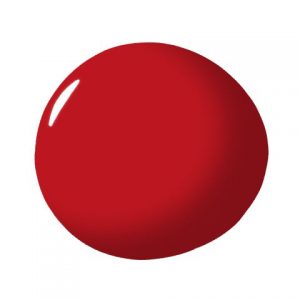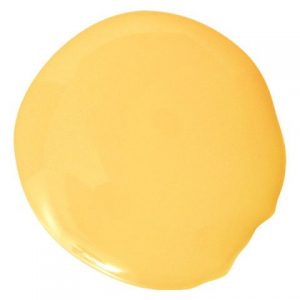Whether you are moving into a new home or engaging in a remodel, you have many decisions to make. Nothing is more important than choosing your color schemes. You can add color to your room by painting it on the walls, wallpaper, selecting vibrant window treatments, or adding a few strategically placed throw pillows or a rug. Basic color theory is as much a science as it is an art.
The psychology of colors in interior design might surprise you. Color can create and even alter mood, ambiance, and feeling.
There are no limits to the number of colors you can put in your home. One person who used different and contrasting colors in a previous house stated how creative she felt at home.
Now that does not mean you should randomly choose colors to paint on your walls. There is a science and an art to color theory. You want to employ practical guidance in the mixing of colors. How will a specific color combination enhance your interior design? These are things you need to consider.
The Impact of Basic Color Theory on You and Your Surroundings
Color can impact your mood and emotional well-being. By utilizing room color psychology, you can create a place of tranquility or stimulation. While some people do react differently to specific colors, there is a generalization that we follow as to how basic color theory will impact a room.
Here are some examples as to how you can use color in a room:
- Home Office – if you are a writer or designer, you may want colors that will stimulate your creativity, such as yellow and purple. Accountants and attorneys might choose colors that increase concentration, such as gray or brown. Of course, an individual’s own personality may alter the colors used in an office. Calming colors can help relax an overly stimulated mind, whereas vibrant colors can help energize someone who often feels sedate.
- Bedroom – people who have trouble sleeping do best with colors that calm and relax the mind, like blue and purple. Individuals who want to heat up their love life might select black, red, or an orange caramel shade.
These are just some of the ways you can incorporate basic color theory into your daily life and surroundings.
Selecting Your Colors – Incorporating Color Theory into Your Home
Using color in design of your new home or remodel can be both exciting and stressful. How will you feel when the project is done, and what will others think when they walk into your home?
An interior designer who has extensive knowledge of basic color theory is the best person to speak with when selecting your colors. The guidance offered will be invaluable when it comes to making your home the haven you desire.
As we examine the various colors on the color theory wheel, you will be able to see how to use them in your life. One thing to remember – warm, dark colors can make your room look smaller while brighter colors give a feeling of spaciousness.
In this blog, we will look at the three primary colors – red, blue, and yellow. Our follow-up blog will examine the secondary (orange, purple, and green) and tertiary (six additional shades) colors.
The three primary colors:
 Red – We think about passion, energy, and excitement when looking at the color “red.” It is psychologically stimulating and can increase heart rate. You may see red used in kitchens as it helps improve appetite. Be careful about using red in a bedroom – while it may be stimulating for romance, it often impairs relaxation and sleep.
Red – We think about passion, energy, and excitement when looking at the color “red.” It is psychologically stimulating and can increase heart rate. You may see red used in kitchens as it helps improve appetite. Be careful about using red in a bedroom – while it may be stimulating for romance, it often impairs relaxation and sleep.
 Blue – When you want to lower heart rate and blood pressure, blue brings the calming effect you need. That is why you often see various shades of blue used in bedrooms. Blue also has a cooling effect, making it beneficial for sunny rooms. Lighter shades of blue can help enlarge the appearance of a small space. If you want to decrease your appetite and lose weight, consider adding touches of blue to your kitchen.
Blue – When you want to lower heart rate and blood pressure, blue brings the calming effect you need. That is why you often see various shades of blue used in bedrooms. Blue also has a cooling effect, making it beneficial for sunny rooms. Lighter shades of blue can help enlarge the appearance of a small space. If you want to decrease your appetite and lose weight, consider adding touches of blue to your kitchen.
 Yellow – If you are looking to brighten up your surroundings, yellow may be the color you want. Pale yellow to honey gold shades can add a feeling of sunshine and happiness to your surroundings. Yellow can stimulate memory, enhance creativity, and add optimism to your home. It is vital that the right shade of yellow be chosen to create the effect you desire.
Yellow – If you are looking to brighten up your surroundings, yellow may be the color you want. Pale yellow to honey gold shades can add a feeling of sunshine and happiness to your surroundings. Yellow can stimulate memory, enhance creativity, and add optimism to your home. It is vital that the right shade of yellow be chosen to create the effect you desire.
Check out Part 2 of this series to learn more about how to incorporate secondary and tertiary colors into your home.
Please contact HK Interiors to discover how our interior design services can help you create magic in your home or office. Call 954-401-8542 today for all your interior design needs.
